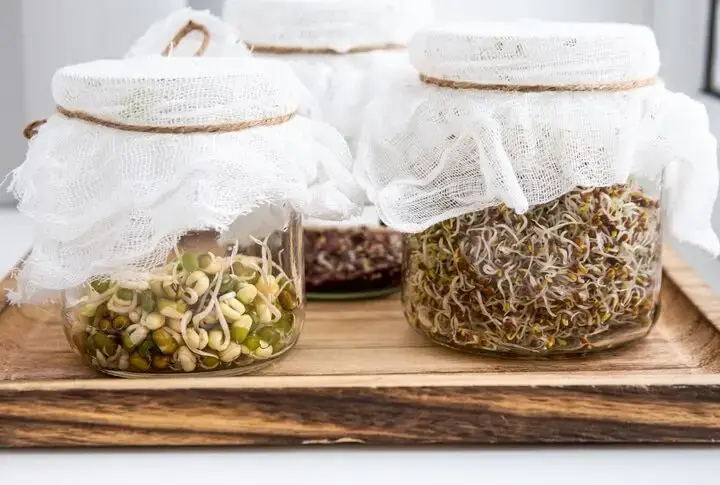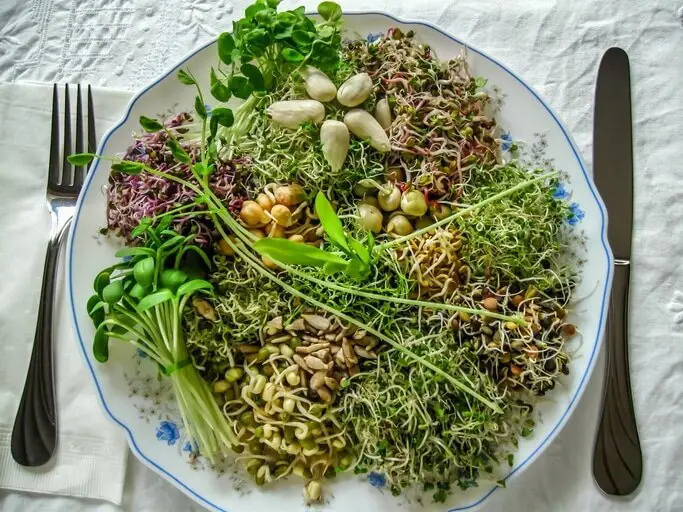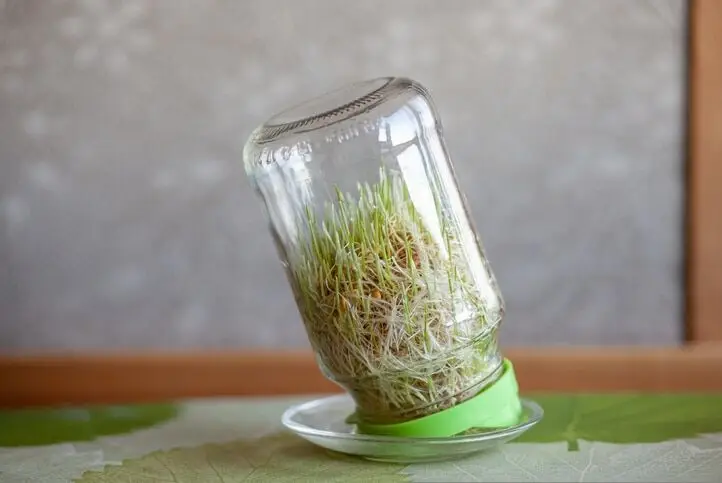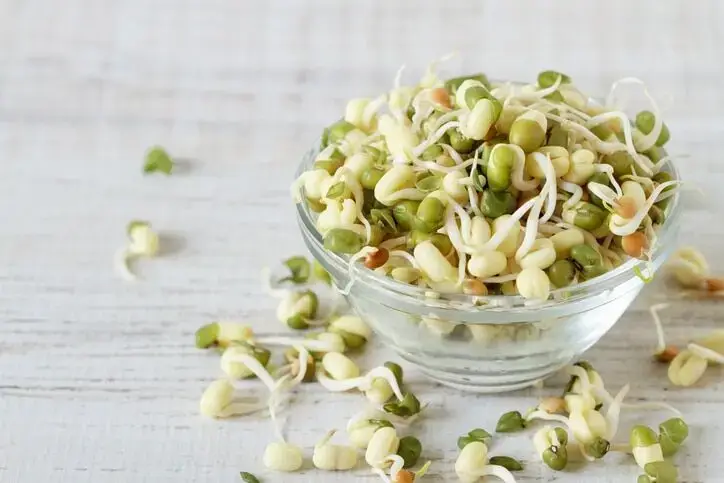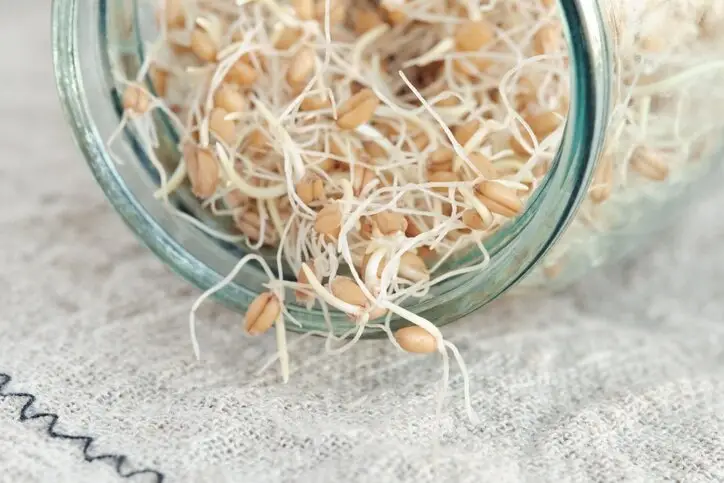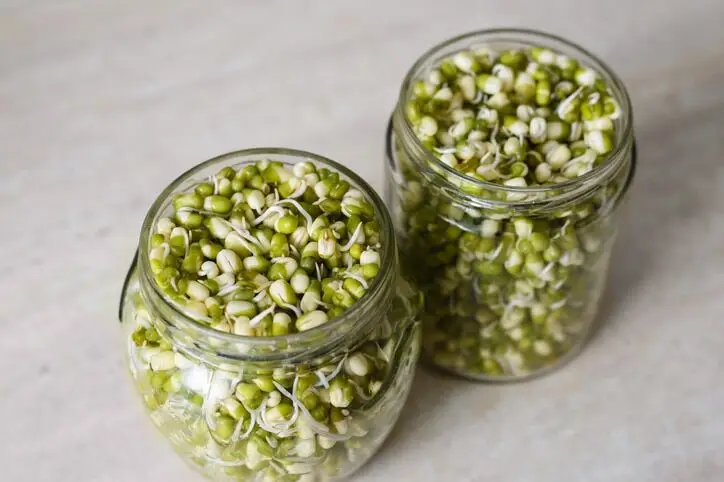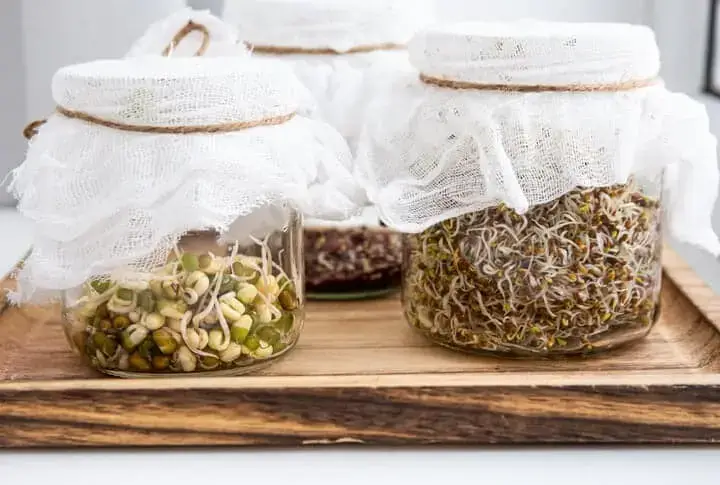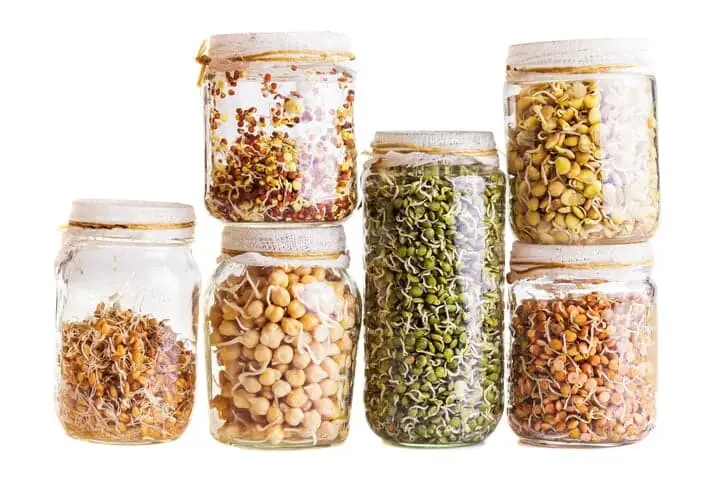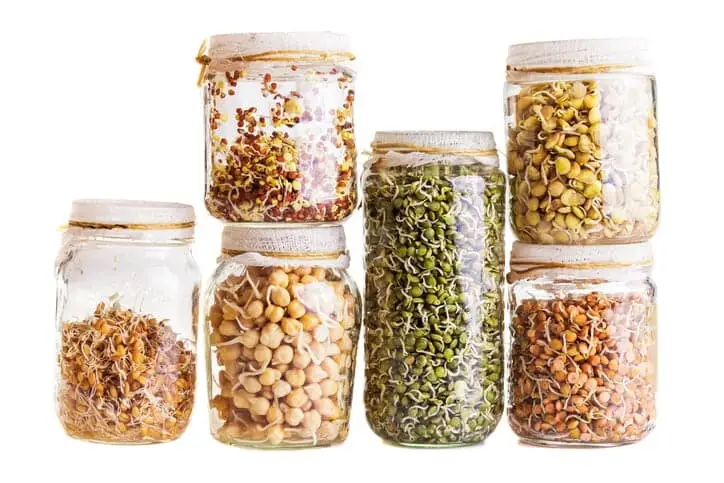How to Sprout at Home: A Beginner’s Guide
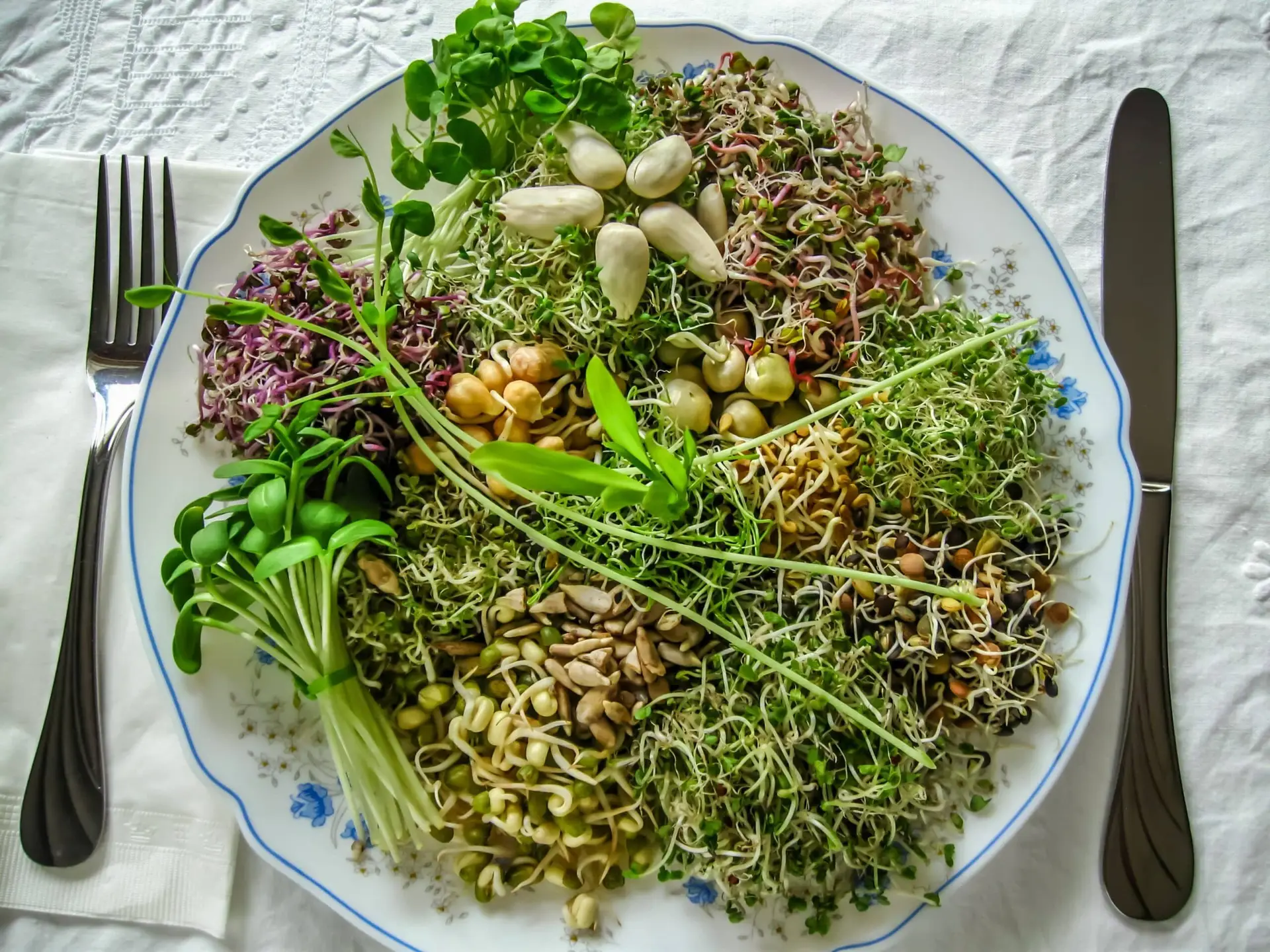
Sprouting is an easy and inexpensive way to add fresh vegetables to your diet. All you need is a few basic supplies and some seeds. Here’s a step-by-step guide to sprouting at home:
- Choose your seeds: There are many types of seeds that can be sprouted, including alfalfa, bean, broccoli, and clover. You can find sprouting seeds at most health food stores or online.
- Rinse the seeds: Place the seeds in a large jar and rinse them with cool water. Drain the water and repeat this process a few times until the water runs clear.
- Soak the seeds: Fill the jar with water and let the seeds soak for 8-12 hours. You can cover the jar with a piece of cheesecloth or a sprouting lid.
- Drain the water: After soaking, drain the water from the jar. Rinse the seeds with cool water and drain again.
- Begin the sprouting process: Place the jar on its side in a warm, dark place, such as a cupboard or pantry. Rinse the seeds with cool water twice a day, and drain the water.
- Harvest the sprouts: Depending on the type of seeds you are sprouting, the sprouts should be ready in 2-7 days. When they are fully sprouted, rinse them one last time and drain them well.
- Store the sprouts: Store the sprouts in a sealed container in the refrigerator. They should stay fresh for 3-5 days.
When it comes to sprouting, it’s important to choose high-quality seeds that are specifically labeled for sprouting. These seeds have been tested for safety and are less likely to contain harmful bacteria. It’s also important to keep your equipment clean and sterile to avoid contamination.
The benefits of sprouting go beyond just adding fresh vegetables to your diet. Sprouts are high in vitamins, minerals, and antioxidants, and are also a good source of protein and fiber. They are a nutritious addition to salads, sandwiches, and wraps, and can be used as a topping for soups and stews.
By sprouting at home, you can enjoy fresh, nutrient-dense vegetables year-round, regardless of the season. It’s a fun and rewarding experience that can help you connect with your food in a meaningful way.
Disclaimer
The information provided in this article is for educational and informational purposes only and is not intended as medical advice. It is not a substitute for professional medical advice, diagnosis, or treatment. Always seek the advice of a qualified healthcare provider with any questions you may have regarding a medical condition. The author and publisher of this article are not responsible for any adverse effects or consequences resulting from the use of any suggestions, preparations, or procedures described in this article.


